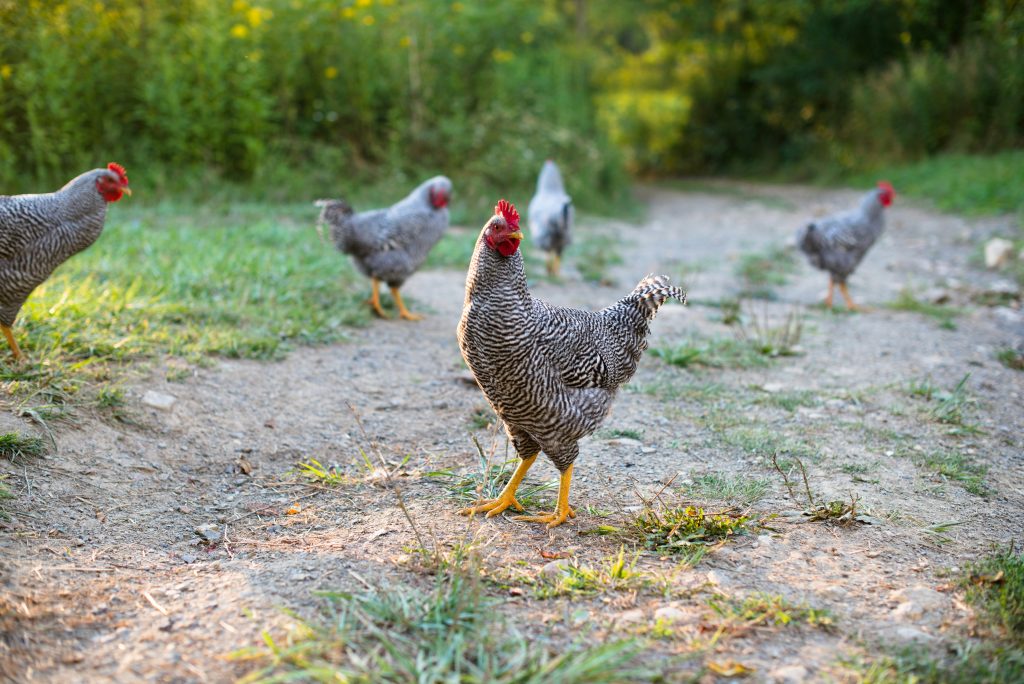Homesteading refers to a lifestyle or practice of self-sufficiency where individuals or families create a self-reliant and sustainable homestead. It typically involves living off the land, growing and raising one’s food, and generating resources such as energy and water independently.
But finding an actual starting place to owning a 1-,5-,10-, 30-acre homestead can be overwhelming.
Start What You Can Now

Comment byu/TheRealRanchDubois from discussion inhomestead
Comment byu/zolinator from discussion inHomesteading
Dip Your Toe into Homesteading with Backyard Chickens

Backyard chickens are a great way to start getting into livestock.
Comment
byu/MrAlpacas from discussion
inBackYardChickens
Have a Financial Plan
Comment byu/zolinator from discussion inHomesteading
Comment
byu/zolinator from discussion
inHomesteading
How to Find Your Homestead Property
Finding and purchasing land can feel like an overwhelming process. The more money saved provides more flexibility.
It is often easier and more cost-effective to buy land with an existing structure, such as an old trailer, which may already have utilities like a well and septic system.
Unique opportunities can arise through relationships and networking, such as purchasing land from someone who may not have listed it but would consider selling to the right person.
Financing for raw land can be challenging, and it may be necessary to have a substantial down payment, typically around 1/3 of the land’s value. There are alternative financing options for example the USDA and Farm Credit.
It is important to consider factors like well and septic availability, as many banks are reluctant to lend for “raw land” without these basic amenities.
Renting a home on acreage can be a viable option, as some landowners may be open to renting out their property to maintain it until they can transfer it to a future generation.
Searching for small houses on larger lots can provide a more affordable entry point, with key considerations being the availability of utilities and infrastructure.
Five Things to Consider When Looking for Land
1. Location and Climate: Choose a location with a suitable climate for the type of homestead you envision. Consider factors such as temperature range, rainfall patterns, prevailing winds, and seasons to ensure it supports your desired lifestyle and agricultural goals.
2. Access to Water: Reliable access to a clean and abundant water source is essential. Look for properties with access to a well, river, stream, pond, or any other water bodies that can meet your domestic and irrigation needs.
3. Soil Quality: The soil’s fertility and composition are crucial for growing crops and sustaining livestock. Conduct soil tests to determine its composition, pH levels, and nutrient availability. Seek land with good quality soil for your intended gardening or farming needs.
4. Land Size and Topography: Factor in the size of the land and its topography to meet your requirements. Consider aspects like available space for housing, outbuildings, livestock grazing, fencing, and any special projects or features you intend to develop on the property.
5. Legal and Regulatory Considerations: Familiarize yourself with local zoning laws, building codes, and any restrictions that may apply. Ensure the property is suitable for residential use and meets all legal requirements
Comment
byu/experimentalist from discussion
inhomestead
How to Actually Start Homestaeding
Comment
byu/Nahtanks0537 from discussion
inhomestead
Add One New Thing a Year
Don’t bite off more than you can chew. Start small and add new things to your homestead over time.
Comment
byu/TheRealRanchDubois from discussion
inhomestead
Comment
byu/Nahtanks0537 from discussion
inhomestead
Be Clear on Your Priorites
Comment
byu/Nahtanks0537 from discussion
inhomestead
